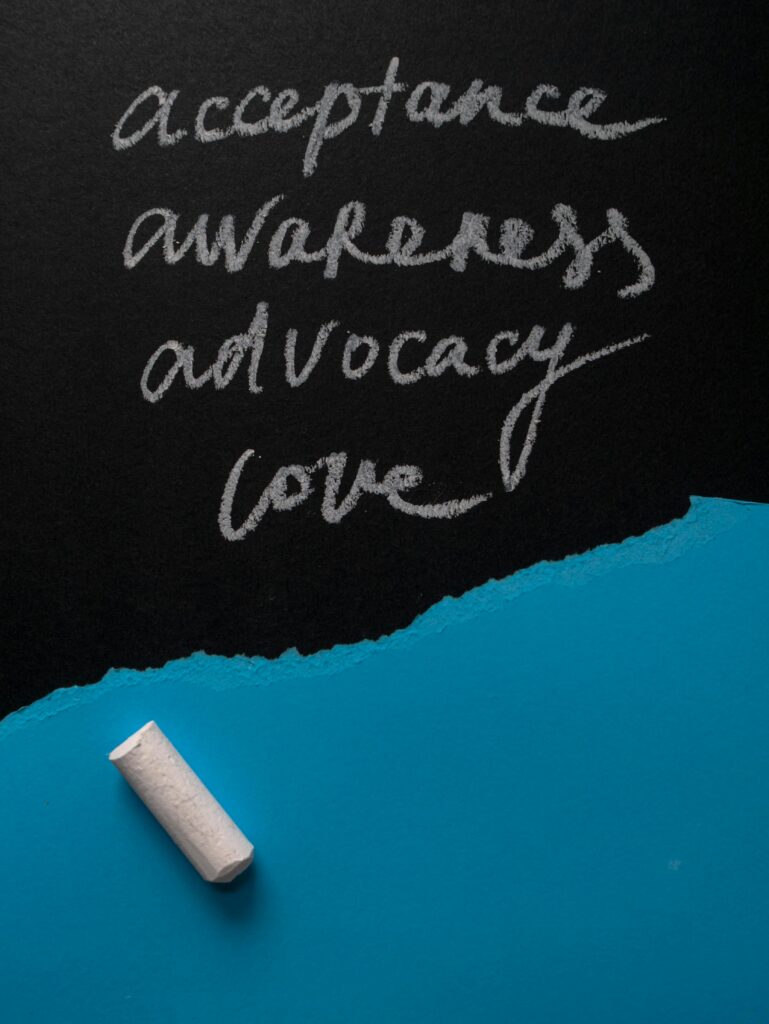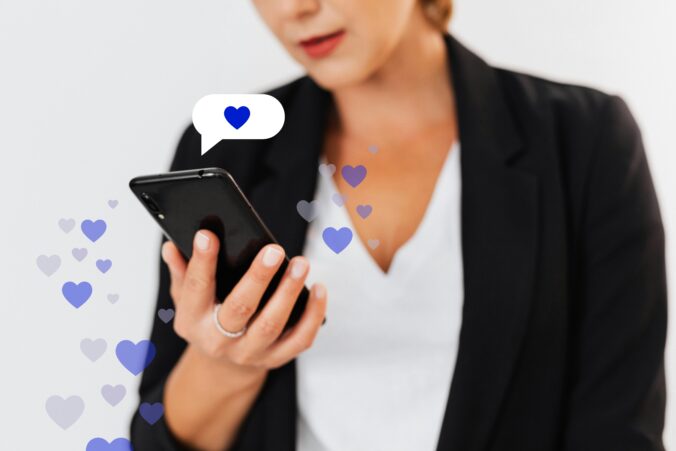https://islandteacheradventures.opened.ca/wp-admin/admin-ajax.php?action=h5p_embed&id=3
Day: 29 July 2025
https://onlineacademiccommunity.uvic.ca/slanggould/category/edci-338/weekly-blog-posts/
Hi Sarah,
I appreciated your point about how a PLN broadens perspective and fosters a sense of belonging through collaboration. Your reference to Simone Biles was particularly compelling; authentic voices around mental health can help make digital spaces feel safer and more supportive.
I think your post does a great job reflecting on the topic, but it might be even stronger with a clear “next step” suggestion. Could you add one or two practical ideas for making conversations more inclusive, like inviting different viewpoints or adding a short note when sensitive topics come up.
Regarding the presentation, I like the clean, easy-to-read layout. Adding a brief conclusion or subheadings such as “Why PLNs matter,” “Inclusion in practice”) might make it even easier to scan.
Please check the rubric to ensure you’ve included links or brief references to examples, like the Simone Biles post/interview, so everything required is covered.
I’d love to hear about one actionable step you plan to try next to invite diverse perspectives in your PLN.
Hi Grace (Simeng),
I enjoyed reading your reflections! I especially appreciated how you linked PLNs to specific platforms and communities; it helped make the concept more tangible. I also use LinkedIn, Pinterest, and Instagram as part of my PLN. My content mainly concentrates on elementary education, but it’s interesting to see how others utilize these platforms for different subjects, like graphic design. Your reminder that digital security is an ongoing responsibility, not just a one-time task, was also a very practical takeaway.
Could you add a concrete example for the diverse learning spaces section, perhaps from your own experience or a case study, so readers can better imagine how it works in practice?
Your post is very clear and easy to follow. The headings work well, but including a small visual showing how PLNs, digital security, and inclusivity connect could make it even more memorable. Overall, great job!
What is PLN?
A Personal Learning Network (PLN) consists of people, communities, or digital connections that support your learning and professional development. For me, Instagram and TikTok are essential parts of my PLN because of their quick, accessible, and visual content tailored for educators.
PLN in Practice: Instagram and TikTok
Instagram and TikTok are two of my favourite tools for fast, visual learning. I follow several teacher accounts that post:
- Engaging classroom games and PE game
The Claw Primary PE game explained in 30 seconds.
A post shared by Kev Weir | PE and Coaching (@just.playsports)
- Behaviour management strategies
Classroom managment strategy using refocus and celebration board.
A post shared by Karen | Classroom Management Tools (@theclassroomcues)
- Quick tips on UDL-aligned lesson planning
Instagram post below on UDL tips:
https://www.instagram.com/p/DLVe9Biykcr/?utm_source=ig_web_copy_link&igsh=aHNuc3d0dDR0ZHVz
What I love about these platforms is the bite-sized format, whether it’s a post, a 30-second reel, or a TikTok video. This kind of content sparks new ideas I can apply in my UVic BEd courses or during my practicum placements.
Universal Design for Learning

Inclusion means teaching to the diversity in our classrooms, not trying to eliminate it or treat it as a barrier.
If we look at inclusion as a concept of teaching to the diversity of all, rather than just a special education initiative, we can bridge this gap. We are diverse.”
Shelley Moore
This quote highlights that inclusion isn’t about uniformity but about appreciating our differences. Moore (2016), in One Without the Other: Stories of Unity Through Diversity and Inclusion, talks about inclusion involving recognizing and embracing individual distinctions. The image below demonstrates this idea: each dot inside the circle is unique, with its own pattern or texture, yet all are part of the same community. By acknowledging and valuing our differences, we foster unity rather than division through diversity.

UDL Principles and Inclusive Digital Learning Spaces
Universal Design for Learning (UDL) supports the same goal of fostering inclusivity. When we apply UDL principles to both teaching and our digital environments, we make learning and professional development more accessible and equitable.
- Multiple Means of Engagement: I follow creators who share learning in different formats infographics, reels, threads, and podcasts. This keeps me engaged and supports different learning preferences.
- Multiple Means of Representation: I value PLN members who present ideas in culturally responsive ways, use visual supports, or share multilingual content. This mirrors how I want to represent knowledge for students using diverse, inclusive materials.
- Multiple Means of Action & Expression: Within my PLN, I contribute by posting visuals, commenting, resources, and using blogs to reflect.
Being aware of UDL principles as I engage in digital learning spaces helps me create content that is inclusive and authentically represents who I am.
